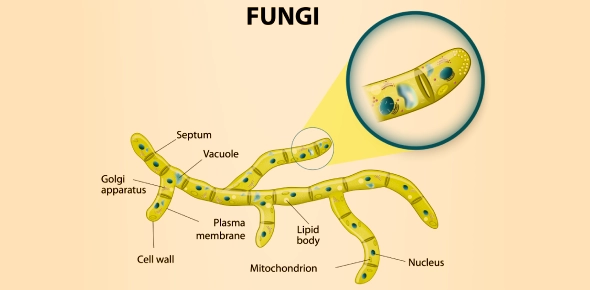Plant & Fungal Parasites Quiz Questions
- AP Biology
- IB Biology
2.
You may optionally provide this to label your report, leaderboard, or certificate.
×
Thank you for your feedback!
















